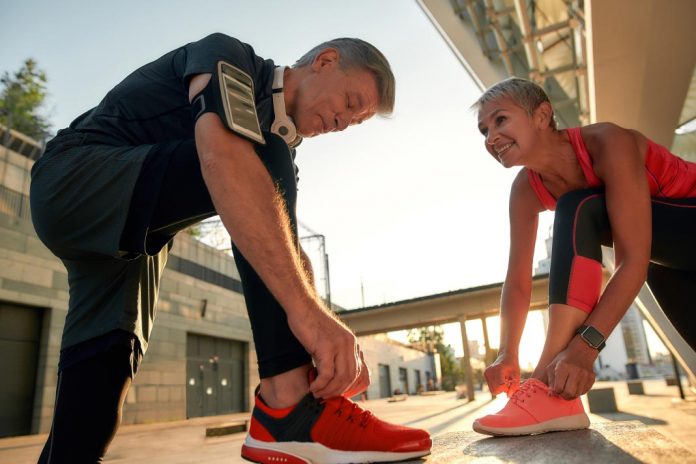It’s simple, practical and free. Yet, walking as exercise does not get the credit it deserves, finds Behnaz Sanjana.
You were probably raring to do it all the time as a toddler, but in adulthood you go to great lengths to avoid it – walking, that is! In between struggling for a parking spot closest to your destination and wrestling the routine to carve out time for the gym, we forget the benefits a brisk walk can have; an activity that can be done anytime, anywhere and doesn’t cost anything close to your gym membership.
This low-impact aerobic activity (cardio: check) is easy on the joints. A brisk cadence (steps per minute) can rev up your heart rate and open up the lungs to take in more oxygen, which is great for the body overall. As per Harvard Medical School, walking, done right, can have tremendous benefit for folks across all age groups:
– Keeps weight in check. In a study of over 12,000 people, walking was shown to cut down the effects of obesity-promoting genes in half in those who walked about an hour every day.
– Helps sweet cravings. A 15-minute walk helps overcome cravings for sweet foods and, over time, reduces them altogether.
– Reduces joint pain and prevents arthritis. Lubricates knee and hip joints, and strengthens the muscles that support them.
– Boosts immunity – A study of more than 1,000 individuals found that those who walked at least 20 minutes a day, five times a week, had 43-per-cent fewer sick days than those who exercised less. And their sickness was for a shorter duration, with milder symptoms.
– Reduces the risk of breast, colon and endometrial cancers. Walking provided protection from breast cancer even for women with risk factors, such as being overweight or using supplemental hormones.
– Reduces risk for Type 2 Diabetes.
– Relieves depression and improves memory.
How Much Is Enough?
Catrine Tudor-Locke, a walking behaviour researcher and a recognised expert in objective physical activity assessment, found that for adults, age 21-40, walking about 100 steps per minute constitutes moderate intensity, while vigorous walking begins at about 130 steps per minute.
Strapping on a pedometer to clock in your daily steps could be the easiest way to track your walking intensity, and thereby your vitals like heartbeats per minute and calories burnt. No pedometer, no problem! Tudor-Locke suggests simply counting steps for 15 seconds and multiplying by four to determine your walk’s approximate exercise intensity.
By and large, the frequency, duration and intensity parameters of your walks will determine how much benefit you gain out of them. But, even if it’s just an evening stroll you can manage on a particular day, some physical activity is better than none.
 Suitable shoes are ideal for comfort and sustainable walking endeavours. Besides feeling supportive, but not constricting, a good pair must have:
Suitable shoes are ideal for comfort and sustainable walking endeavours. Besides feeling supportive, but not constricting, a good pair must have:
– A padded tongue and heel pad.
– Uppers that are light, breathable and flexible.
– Moisture-resistant insol, and shock-absorbent sole.
– Raised heel wedge, so the sole at the back of the shoe is two times thicker than at the front.
– A roomy toe box.
So, chin up, posture erect and shoulders square – let’s comfortably stride to sound health!





































